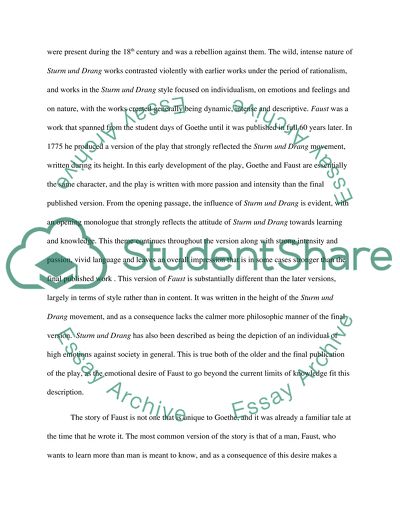Cite this document
(“Sturm und Drang Movement Essay Example | Topics and Well Written Essays - 1250 words”, n.d.)
Sturm und Drang Movement Essay Example | Topics and Well Written Essays - 1250 words. Retrieved from https://studentshare.org/literature/1432764-give-your-own-interpretation-of-the-ypsturm-und
Sturm und Drang Movement Essay Example | Topics and Well Written Essays - 1250 words. Retrieved from https://studentshare.org/literature/1432764-give-your-own-interpretation-of-the-ypsturm-und
(Sturm Und Drang Movement Essay Example | Topics and Well Written Essays - 1250 Words)
Sturm Und Drang Movement Essay Example | Topics and Well Written Essays - 1250 Words. https://studentshare.org/literature/1432764-give-your-own-interpretation-of-the-ypsturm-und.
Sturm Und Drang Movement Essay Example | Topics and Well Written Essays - 1250 Words. https://studentshare.org/literature/1432764-give-your-own-interpretation-of-the-ypsturm-und.
“Sturm Und Drang Movement Essay Example | Topics and Well Written Essays - 1250 Words”, n.d. https://studentshare.org/literature/1432764-give-your-own-interpretation-of-the-ypsturm-und.


